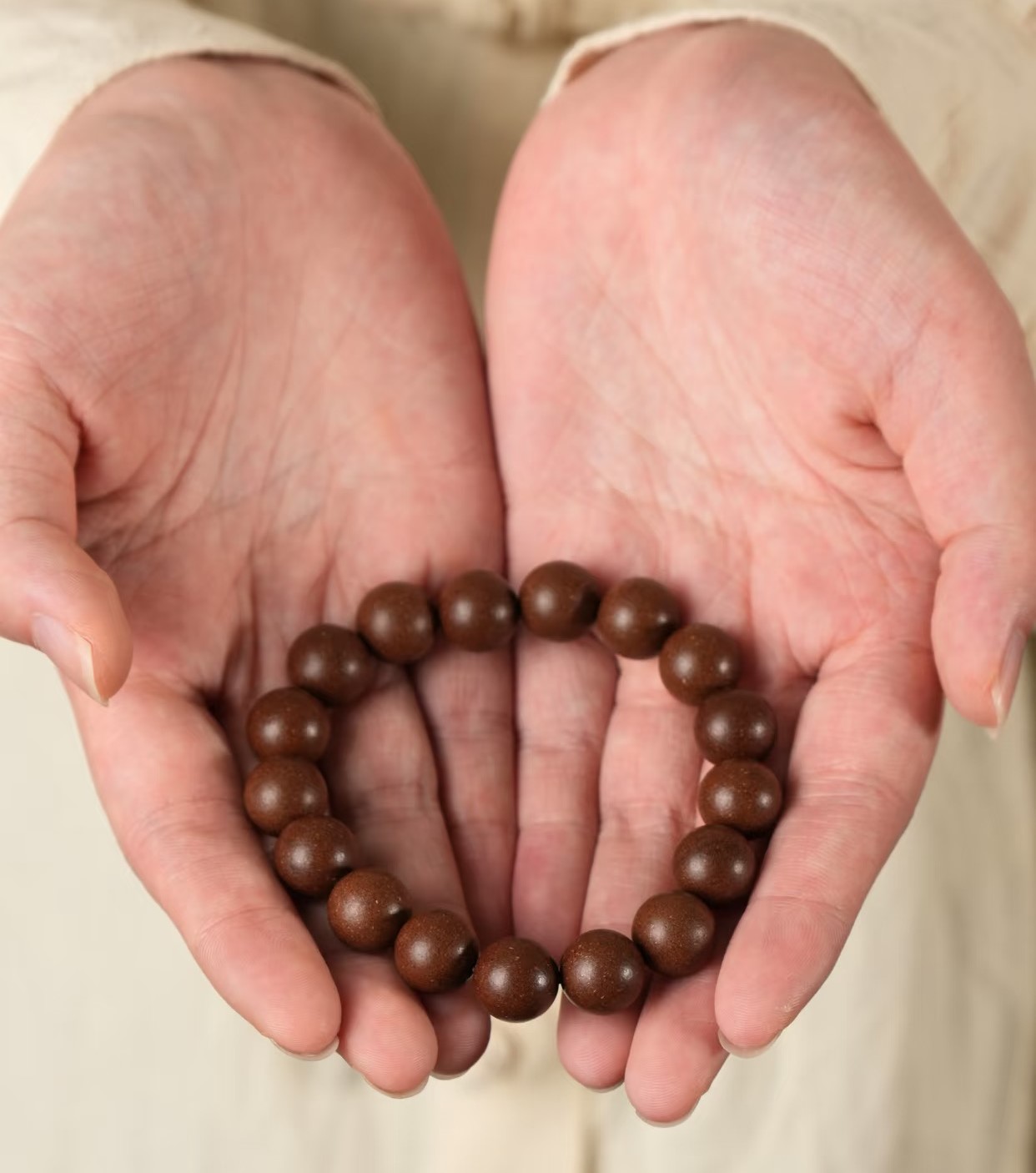What Is True Blended Incense?
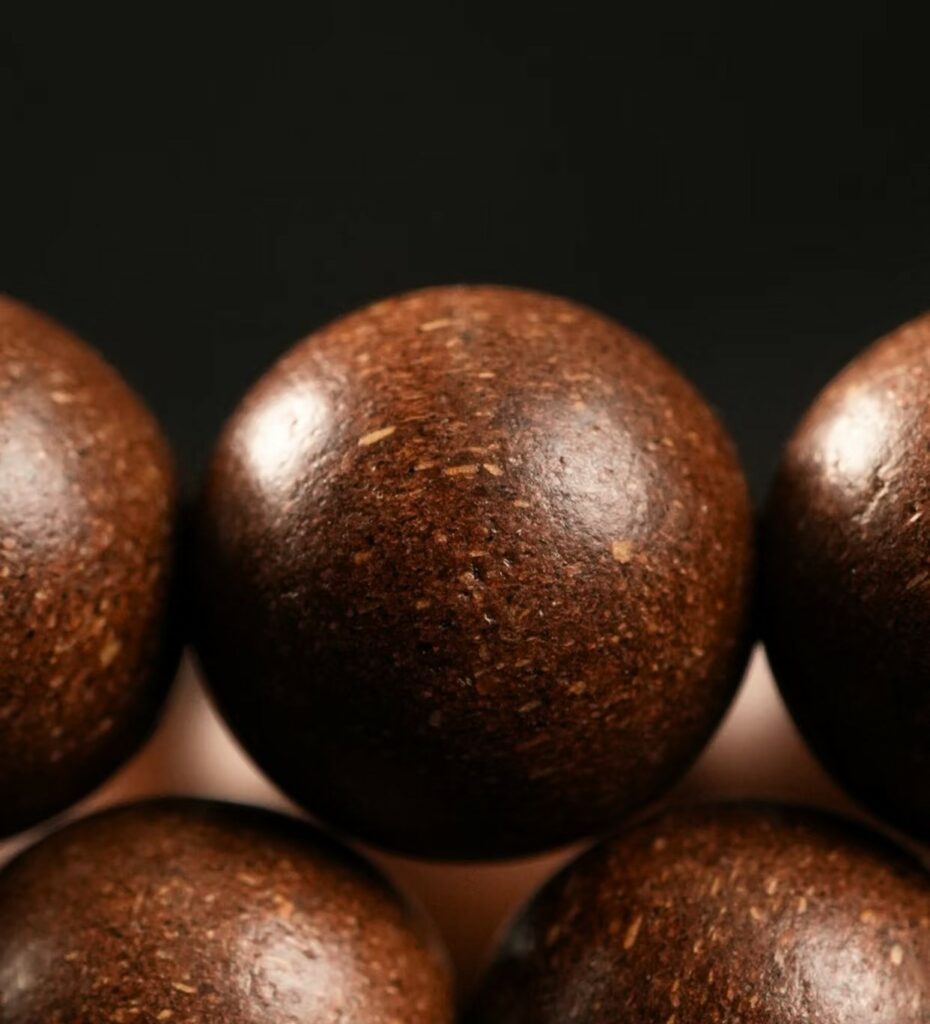

Scented Incense is often perceived in the modern world as a simple stick of fragrance—something to light for atmosphere, meditation, or ritual. Yet behind this commonplace image lies a tradition that is profound, intricate, and deeply rooted in the cultural history of East Asia. At the heart of this heritage stands the concept of blended incense, particularly in its highest form known as condensed blended incense, a craft recognized as part of intangible cultural heritage.
Four Ways of Appreciating Scented Incense:
- Fragrance Cloud - Meeting the Incense Directly
- Fragrance Resonance - Listening to the Echo of Scent
- Fragrance Essence - Walking into the Incense
- Lingering Fragrance - The Echo After the Flame
Let me tell you something raw, something trembling with reverence and fire—
There are moments—real, trembling, soul-splitting moments—when you light a stick of incense, and the world doesn’t just quiet down… it surrenders.
Not to you. Not to your ego. But to the ancient alchemy swirling in that curling smoke—the sacred geometry of botanical whispers, resinous sighs, and powdered prayers ground by monks, healers, poets, warriors. This is not mere fragrance. This is Scented Incense as portal. As medicine. As rebellion against the noise. As invitation into Mindfulness so deep, it rewires your breath, your bones, your broken places.
And if you think Chinese He Xiang and Japanese Wa-Kō are twins dressed in different robes—you’re missing the heartbeat. The fracture. The evolution. The war and peace written in ash.
I remember my first true encounter with He Xiang—not the tourist-grade sticks sold near temples—but the real thing. Hand-ground aloeswood, aged for decades. Star anise folded like secrets into sandalwood paste. Musk scraped from ethical sources, blended with tears (yes, tears) of pine resin collected at dawn. I was twenty-three, drowning in deadlines, anxiety gnawing at my ribs like rats in a flooded basement. A friend handed me a small clay censer. “Breathe,” she said. “Not for relaxation. For remembering.”
The smoke rose—slow, deliberate, almost sentient—and something inside me cracked open.
Not gently.
Violently.
Beautifully.
That was my baptism into Scented Incense as spiritual technology. Not décor. Not Instagram aesthetic. Not even “aromatherapy” in the diluted Western sense. This was incense as ancestral code. As neural recalibration. As silent scream turned into sacred song.
Now let’s cut through the romantic haze.
China’s He Xiang (“harmonized fragrance”) is not Japan’s Wa-Kō (“Japanese incense”). They share DNA, yes—roots tangled in Tang Dynasty courtyards, Buddhist sutras carried on monsoon winds, Daoist alchemists whispering formulas under moonlit pines. But divergence? Oh, it happened. And it matters.
It's Art and Legacy of Chinese Incense
How Does Incense Beads help your sleep well ?
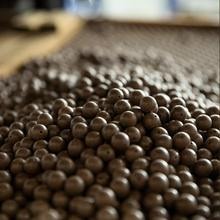
Modern research illuminates why these ancient aromatic practices show renewed relevance for sleep science. The neurobiological pathway begins when inhalation transports aromatic molecules to the olfactory bulb, which directly interfaces with the limbic system—the brain’s emotional core housing the amygdala and hippocampus. This privileged neural pathway explains scent’s unparalleled ability to evoke emotion and memory, bypassing rational processing centers. Crucially, calming fragrances trigger the release of melatonin, the hormone governing sleep-wake cycles, while reducing cortisol production associated with stress arousal.
The Science Behind Scent and Sleep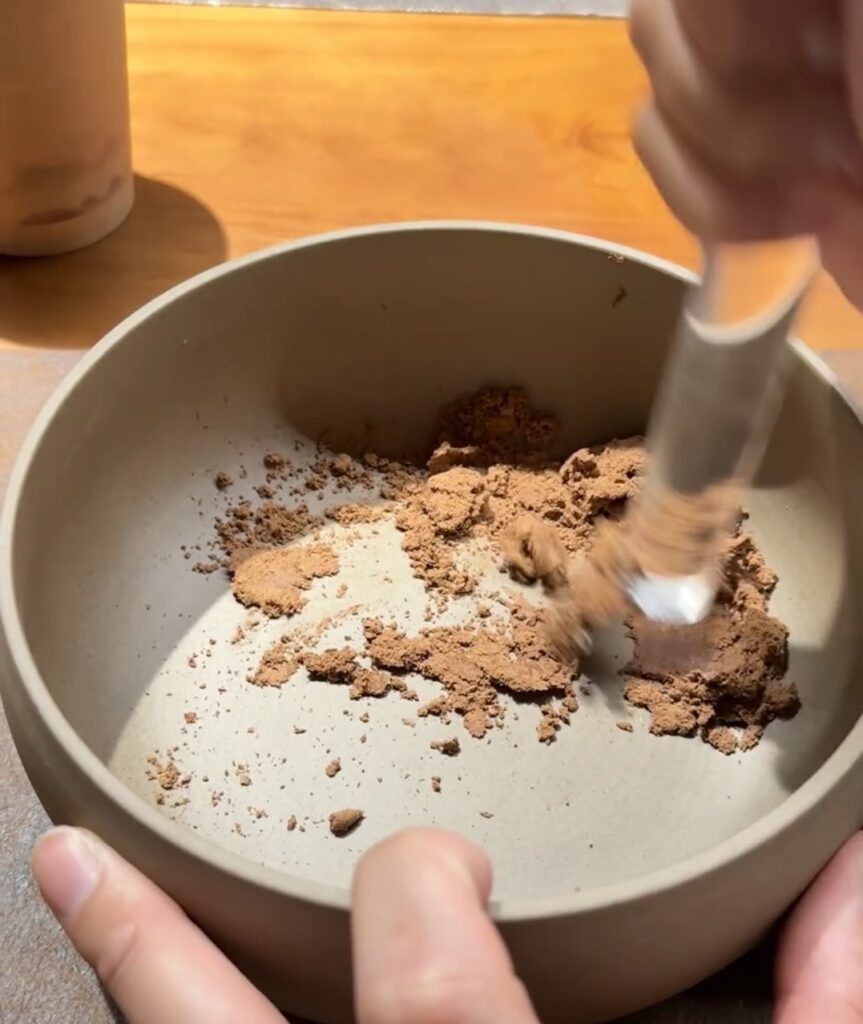
Traditional Incense Beads distinguishes itself from simple aromatherapy through sophisticated synergistic blending of ingredients targeting multiple sleep-disruption pathways simultaneously. Based on classical texts like the Kuangzhai Xiangpu, several formulas show particular relevance for modern sleep challenges
Sleep-Enhancing Incense Beads Formulas and MechanismsHe Xiang is wilder. Bolder. Earthier. It carries the weight of mountains, the sweat of herbalists, the chaos of dynastic collapse and imperial opulence colliding in a single puff. Ingredients? Think bitter orange peel scraped at midnight. Dried chrysanthemum petals crushed with iron mortar. Dragon’s blood resin wept from Sumatran trees, smuggled through Yunnan passes. There’s aggression in its balance—a yin-yang duel fought in every coil of smoke. It doesn’t soothe you into submission. It shakes you awake.
Wa-Kō? Elegant. Minimalist. Almost surgical. Refined over centuries in Kyoto tearooms and Zen monasteries until every molecule feels… curated. Like haiku carved into cedar. Ingredients are whispered, not shouted: kyara aloeswood graded like gemstones, clove buds counted by hand, hinoki shavings shaved thinner than eyelashes. It doesn’t confront. It dissolves. It invites surrender through silence.
Both paths lead to Mindfulness—but oh, what different journeys.
Here’s where my chest tightens with fury and awe:
Modern wellness culture has neutered incense. Turned it into scented candles for yoga studios. Into “calming lavender sticks” mass-produced in factories that’ve never heard of Daoist pulse diagnosis or kōdō ceremonies. We’ve forgotten—no, we’ve betrayed—the original contract: that Scented Incense was never meant to mask odor or please noses.
It was meant to sharpen perception.
To anchor wandering minds.
To escort consciousness through veils.
And science? It’s catching up. Slowly. Painfully. Peer-reviewed journals now confirm what Tang Dynasty physicians scribbled on bamboo slips: specific aromatic compounds—linalool in magnolia bark, eugenol in clove, santalols in sandalwood—modulate GABA receptors, lower cortisol, increase alpha brainwaves. Translation? You don’t just “feel relaxed.” Your nervous system reboots. Your amygdala takes a nap. Your prefrontal cortex wakes up refreshed, ready to witness without flinching.
This isn’t woo-woo.
This is neurochemistry dancing with 3,000-year-old wisdom.
And when paired with Mindfulness? When you sit—truly sit—with intention, breath synced to rising smoke, eyes closed but awareness laser-focused on scent molecules dissolving on your tongue, behind your eyelids, in the hollow of your throat—that’s when magic detonates.
You stop chasing calm.
You become the calm.
I’ve wept during incense meditation.
Not gentle tears. Ugly, gasping sobs that shook my ribcage like a storm-tossed boat. Why? Because bergamot and aged agarwood unlocked grief I’d buried under spreadsheets and small talk. Because frankincense—real Somali frankincense, sticky and golden—forced me to face how disconnected I’d become from my own body. Because a single waft of dried osmanthus, folded into honey-sweetened paste, reminded me of my grandmother’s hands kneading dough—and how I’d stopped calling her before she died.
That’s the power of intentional Scented Incense.
It doesn’t ask permission.
It excavates.
It resurrects.
It demands presence.
And presence—true, unwavering, unfiltered presence—is the core of Mindfulness.
Let’s talk ritual.
The Timeless Tradition of Scent
A Deep Dive into Scented Incense Beads for Mindfulness
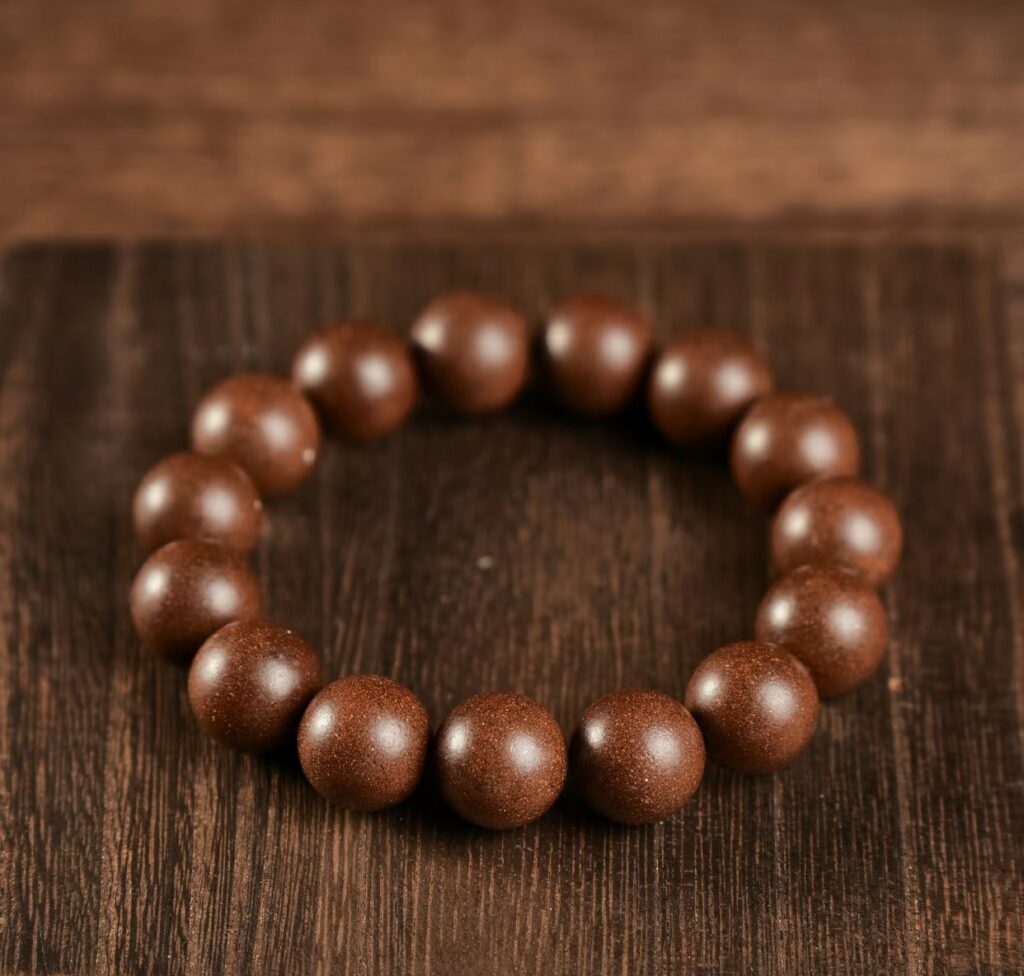
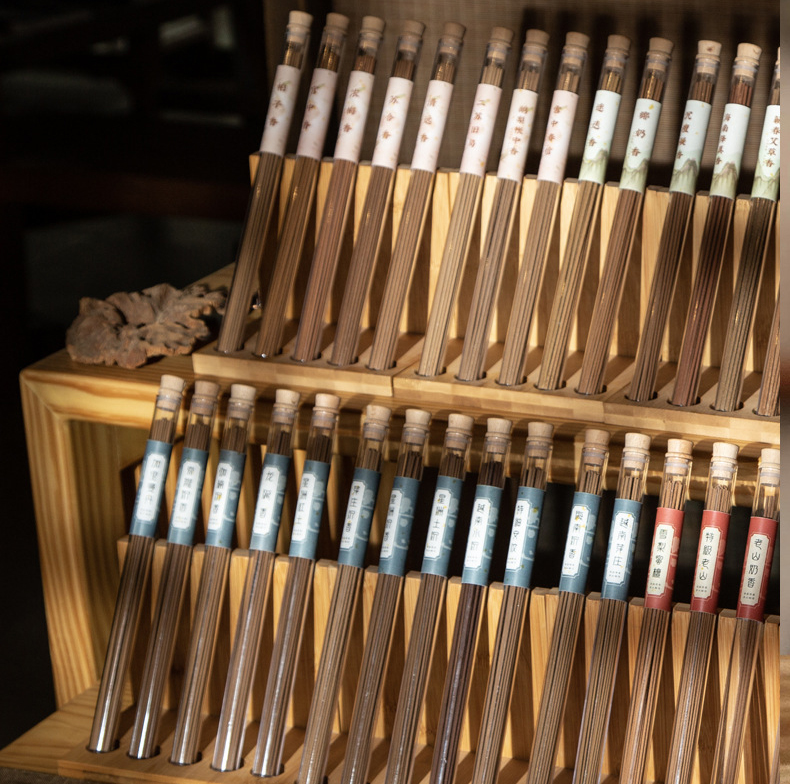
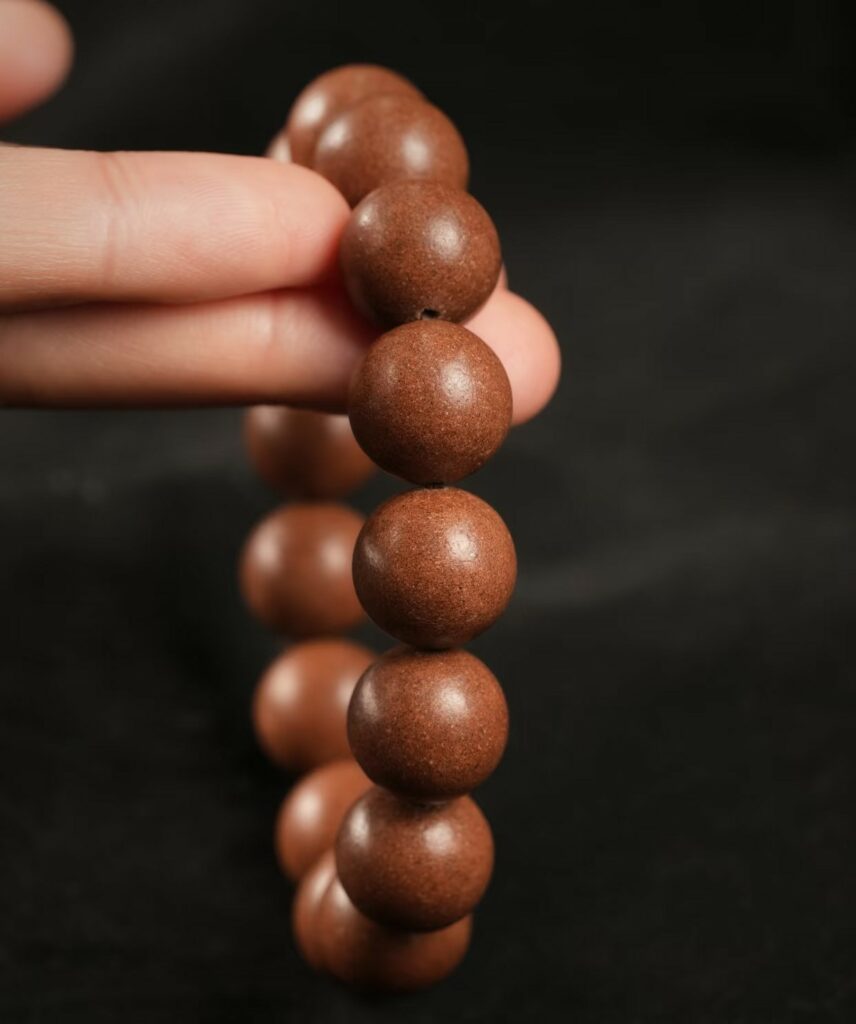
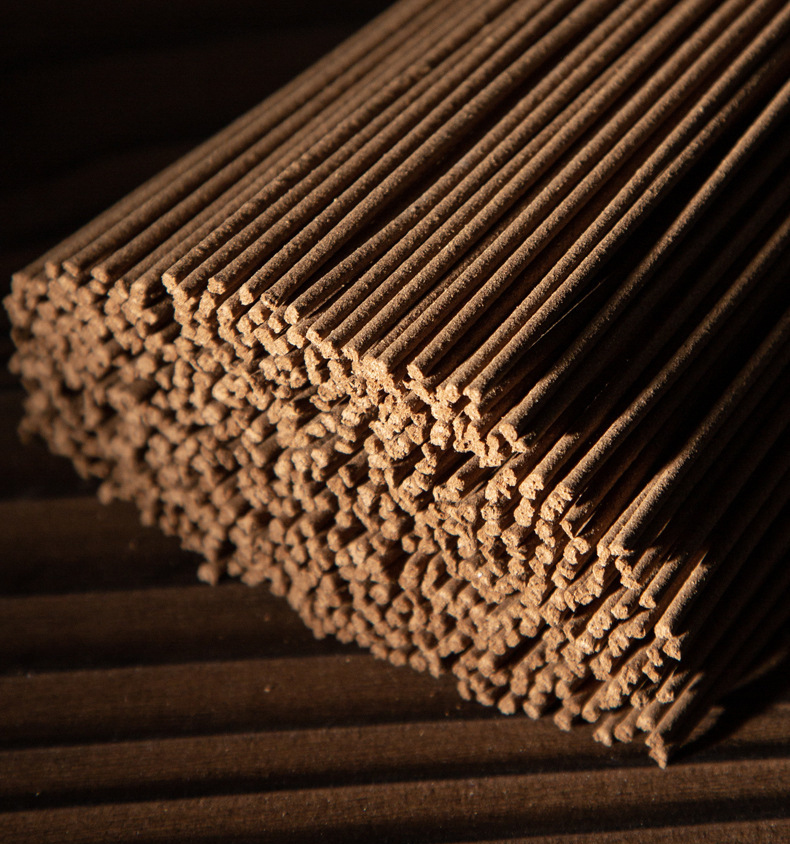
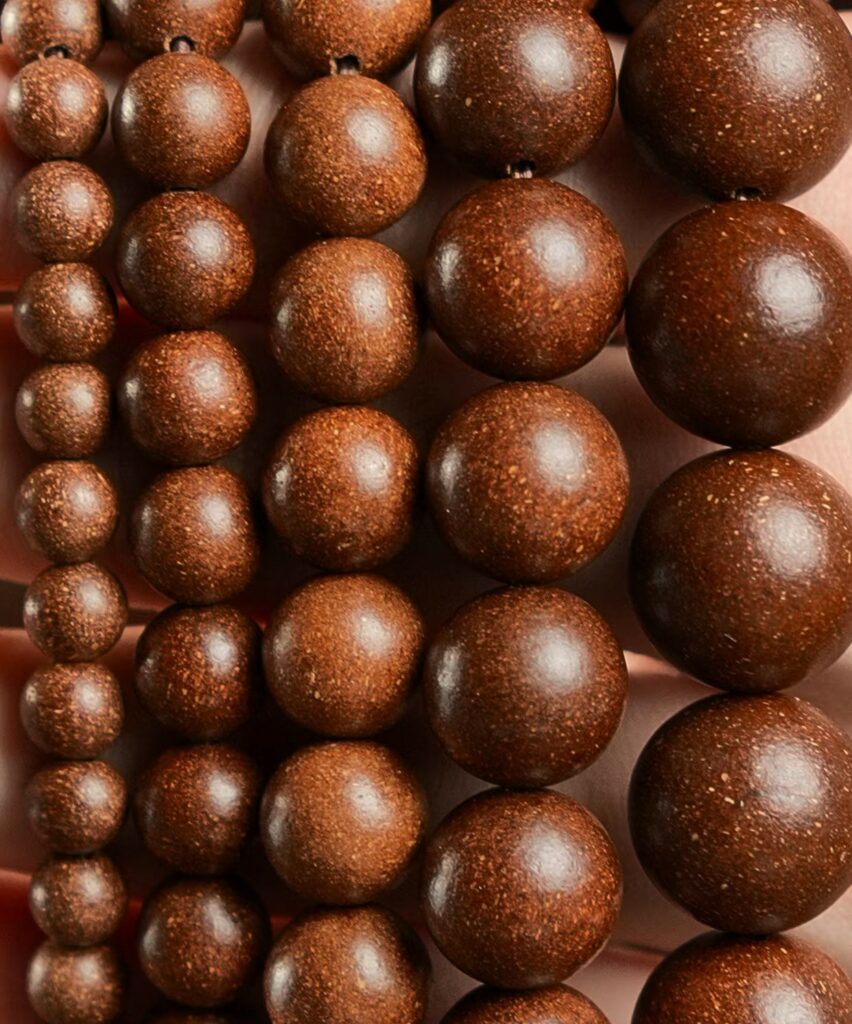
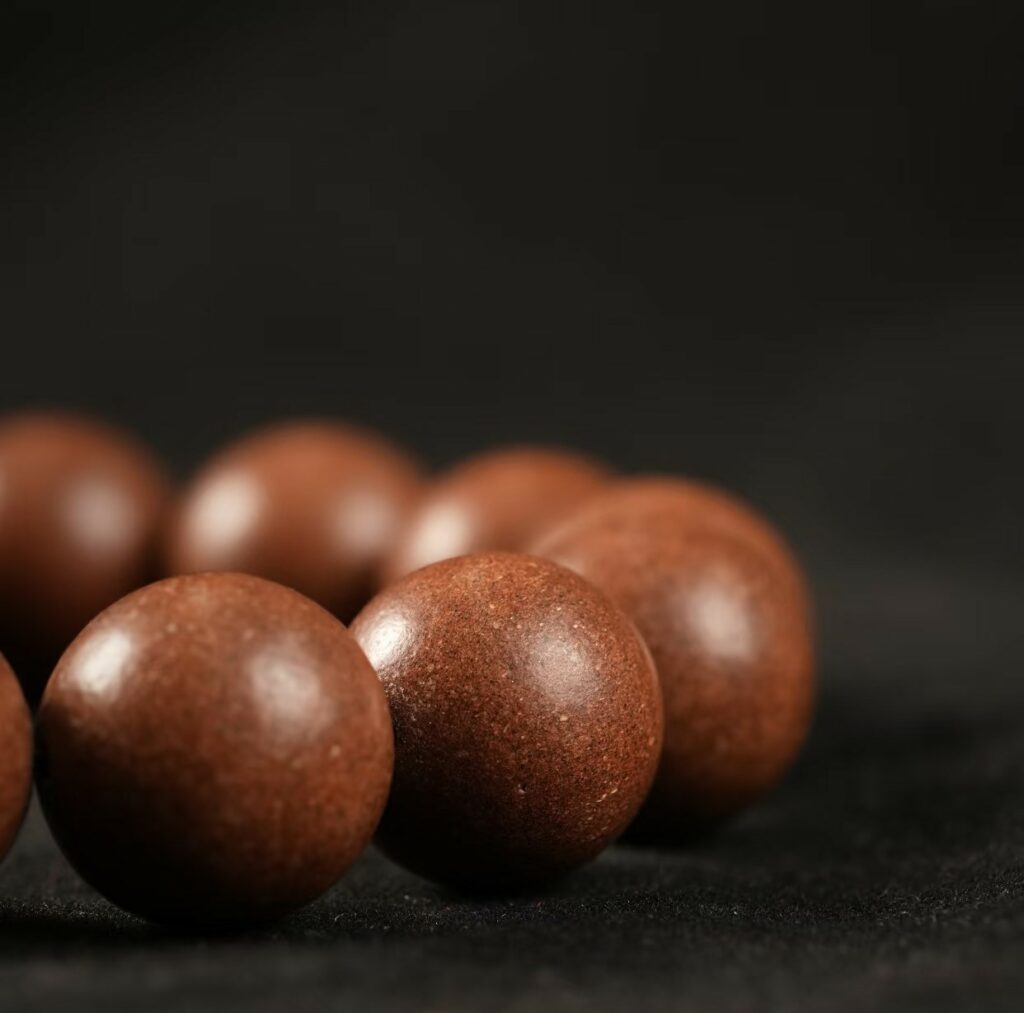
In China, He Xiang was never passive. Emperors burned complex blends to communicate with ancestors. Generals inhaled tiger bone-infused smoke before battle to steady trembling hands. Pregnant women surrounded themselves with cinnamon and angelica to protect the unborn spirit. Even today, Daoist priests craft incense for exorcisms—yes, exorcisms—using formulas designed to shatter negative qi clinging to walls, bodies, memories.
Compare that to Wa-Kō’s kōdō: the “Way of Incense.” A meditative art form where participants sit in silence, eyes closed, identifying subtle notes in blindfolded ceremonies. No drama. No invocation. Just pure sensory refinement. A monk might spend 20 years learning to distinguish ten grades of kyara. Ten. Grades.
One screams into the void.
The other listens until the void sings back.
Both are valid.
Both are devastatingly beautiful.
But only one will make you feel like you’re standing atop a cliff during a thunderstorm, arms wide, screaming your truth into the wind.
Guess which one.
My plea? My desperate, trembling, ink-stained plea?
Stop treating incense like background music.
Light it like you’re summoning a god.
Sit with it like you’re facing your deepest fear.
Breathe it like your life depends on it—because neurologically, emotionally, spiritually—it does.
Blend your own He Xiang if you dare. Grind benzoin tears with a stone pestle. Infuse lotus stamens in rice wine under a full moon. Burn it while journaling your rage. While dancing barefoot at 3 AM. While sobbing into your palms after a breakup.
Or embrace Wa-Kō’s precision. Sit zazen-style. Count your breaths between scent waves. Let the smoke erase your thoughts like chalk off a slate.
Either way—commit.
Half-hearted inhales won’t cut it.
Mindfulness isn’t a spa day.
It’s a revolution.
And Scented Incense? It’s your Molotov cocktail.
I’ve seen skeptics transformed.
Luxury Scented Incense
Su Neihan's Yamen Incense
Su Neihan , better known as Su Shi (1037–1101) or Su Dongpo, was a polymath of the Song Dynasty—renowned as a poet, statesman, and incense master. His creation, Yamen Incense , epitomizes the literati tradition of Xiangdao ( “the Way of Incense”), blending olfactory artistry with philosophical refinement. Designed for use in government offices (yamen) and scholarly studios, this incense aimed to purify the mind, enhance focus during administrative duties, and cultivate inner tranquility amid bureaucratic pressures3. Unlike lavish imperial blends, Su Shi’s formula prioritized accessible ingredients, reflecting his Daoist-Buddhist ideals of simplicity and harmony with nature.
Corporate lawyers who thought “incense = hippie nonsense” now keep handmade He Xiang cones beside their Bloomberg terminals. Burn one before negotiation. Watch their shoulders drop. Their jaw unclench. Their intuition sharpen like a katana pulled from silk.
Trauma survivors who couldn’t sit still for five minutes now meditate for forty-five, anchored by vetiver-and-clove blends that smell like earth after rain—grounding, safe, alive.
Teenagers scrolling TikTok 14 hours a day now beg their parents for “that weird smoky stuff” because—for the first time—they felt quiet inside their own skulls.
This isn’t placebo.
This is neuroplasticity ignited by scent.
This is ancestral intelligence coded in cellulose and carbon.
This is Mindfulness made visceral.
So where do we go from here?
Forward—yes—but with reverence backward.
Study the Song Dynasty texts describing “Dragon Brain Incense” used to treat melancholy. Recreate Han Dynasty formulas blending cassia bark with turtle shell powder (ethically sourced, of course). Sit with Japanese masters who can detect seasonal shifts in agarwood terroir by scent alone.
Fuse ancient rigor with modern neuroscience.
Demand ethical sourcing—no endangered woods, no exploited labor.
Teach children to identify scents before screens.
Turn therapy rooms into incense sanctuaries.
Replace fluorescent-lit breakrooms with censers burning calming he xiang blends.
Make Mindfulness non-negotiable.
Make Scented Incense sacred again.
The smoke rises.
Always.
Through wars.
Through plagues.
Through digital overload and climate collapse.
It rises because we need it.
Because beneath our notifications and net worths, we are still creatures of scent and soil and starlight.
He Xiang roars like a dragon waking.
Wa-Kō hums like a temple bell at dusk.
Choose your frequency.
Ignite your blend.
Sit.
Breathe.
Break open.
And when the world tries to pull you under—when the emails pile up, when the grief returns, when the future feels like a collapsing bridge—light your incense.
Not as escape.
As armor.
As compass.
As proof that you are still here.
Still breathing.
Still becoming.
The ancients knew.
Science confirms.
Your soul remembers.
Now—go burn something holy.
And don’t you dare call it “just incense” ever again.
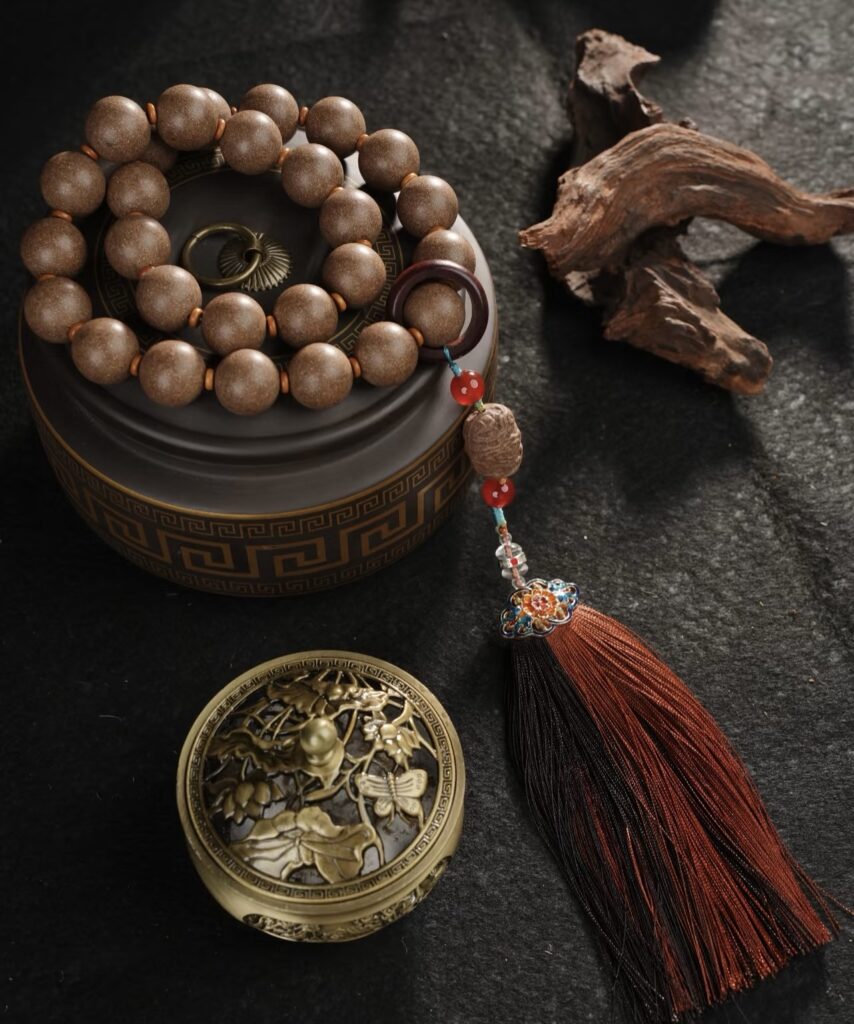
Chinese Scented Incense Culture
In the old world of scholars and monks, incense was never a luxury—it was a necessity. The ancients understood something we often forget: fragrance travels straight to the heart. Unlike words, unlike reason, scent slips beneath the surface, binding memory, stirring spirit, releasing tension.
Think of sandalwood. Its warmth doesn’t argue with you, it doesn’t demand. It simply grounds you, whispering: stay, breathe, do not drift away. Think of agarwood: deep, mysterious, with a gravity that pulls wandering thoughts back to center. Lotus petals soften anger into tenderness. Cinnamon ignites energy. Each scent speaks a different emotional language, and when blended into Scented Incense Beads, those voices become a chorus.
CONTACT US
Blended incense has always carried meaning beyond fragrance. In temples, it rises as an offering to the divine; in homes, it creates atmosphere for meditation, poetry, or study. Scholars of the past described incense as a companion to tea, painting, and music—a medium that refines the mind and connects human life with the rhythms of nature.
Philosophically, incense symbolizes impermanence. The smoke curls upward and disappears, reminding us of life’s fleeting beauty. Yet its lingering fragrance remains, echoing memory and spirit.
